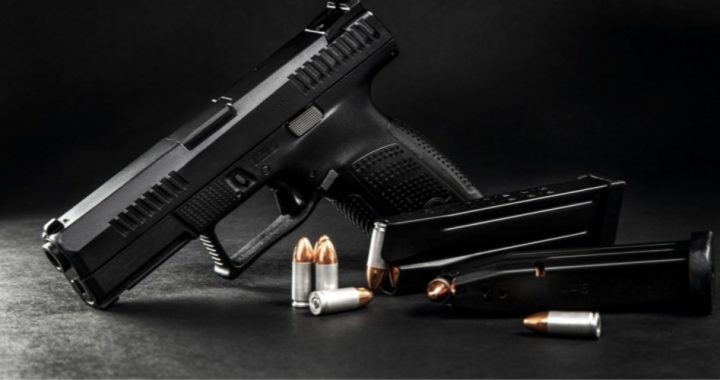
There are at least 10 cases pending on appeal to the Supreme Court that involve state infringements of the Second Amendment. It’s been 10 years since the Court has ruled on the matter.
But following the court’s dismissal of a New York City case over an individual’s freedom to carry a firearm in a locked case because the city relented and loosened its restrictions, Supreme Court Justice Brett Kavanaugh urged his fellow justices to take on one or more the ones currently pending.
Wrote Kavanaugh:
I share Justice Alito’s concern that some federal and state courts may not be properly applying Heller and McDonald. The Court should address that issue soon, perhaps in one of the several Second Amendment cases with petitions for certiorari now pending before the Court.
In District of Columbia v. Heller, decided in 2008, the Supreme Court held that the Second Amendment protects a citizen’s inherent right to keep and bear arms.
In McDonald v. City of Chicago, decided in 2010, the court held that that right “to keep and bear arms” applied to the states as well as the national or federal government.
Since then the court has been silent about carrying firearms outside a residence, or about the rulings applying to semi-automatic rifles, as well.
At issue in the various appeals are the nationwide right to carry a handgun in public — aka national reciprocity — as well as the right to own a semi-automatic rifle. Others include microstamping laws in California that are so strict that they have virtually ended the sale of new handguns there; restrictions on the granting of concealed carry permits; the right of a gun store to sell a firearm to someone living in a different state; and bans on “high-capacity” magazines in some states.
For instance, Malpasso v. Pallozzi raises the issue of whether the Second Amendment allows the state to prohibit typical, law-abiding citizens from carrying handguns outside the home for self-defense in any manner. Rogers v. Grewal asks whether the Second Amendment protects the right to carry a firearm outside the home for self-defense, as well as whether the state may deny categorically the exercise of that right by conditioning its exercise on the need to show a “specific,” “special,” or “good” reason to exercise that right.
In Worman v. Healey, the question is asked whether Massachusetts can limit the size of magazines to a certain number of rounds.
At the moment seven states bar citizens from carrying a handgun for self-defense purposes unless they can show a good reason to do so. And that is usually left up to the discretion of an unelected official. As law professor Joyce Lee Malcom explains: “If it’s that arbitrary … that it can depend on the individual administrator to just decide that he is never giving anybody that right.… That’s not really fair.”
Likewise, the Massachusetts’ ban on so-called assault rifles and ammunition “automatically makes the millions of people who have these weapons [instant] felons for owning them,” says Malcolm. “They bought them legally and then suddenly, because some people find them scary, they’re illegal.”
Of course, there are those opposed to the possibility that the Supreme Court might take on one or more these pending appeals because the court might then rule that the Second Amendment means what it says. That is anathema to anti-gunners such as Jonathan Lowy. He is the chief counsel at Brady: United Against Gun Violence who intoned:
There’s no question that there are a number of justices who are itching to take another gun case soon, and to almost certainly push for a vast expansion of the Second Amendment in a way that has never been countenanced in American history.
Which of course is the whole point. The Supreme Court should be encouraged to take on one or more these pending appeals in order to be given their chance to give their full-throated support to the God-given right that is protected and enshrined in the Second Amendment.
An Ivy League graduate and former investment advisor, Bob is a regular contributor to The New American, primarily on economics and politics. He can be reached at [email protected].



